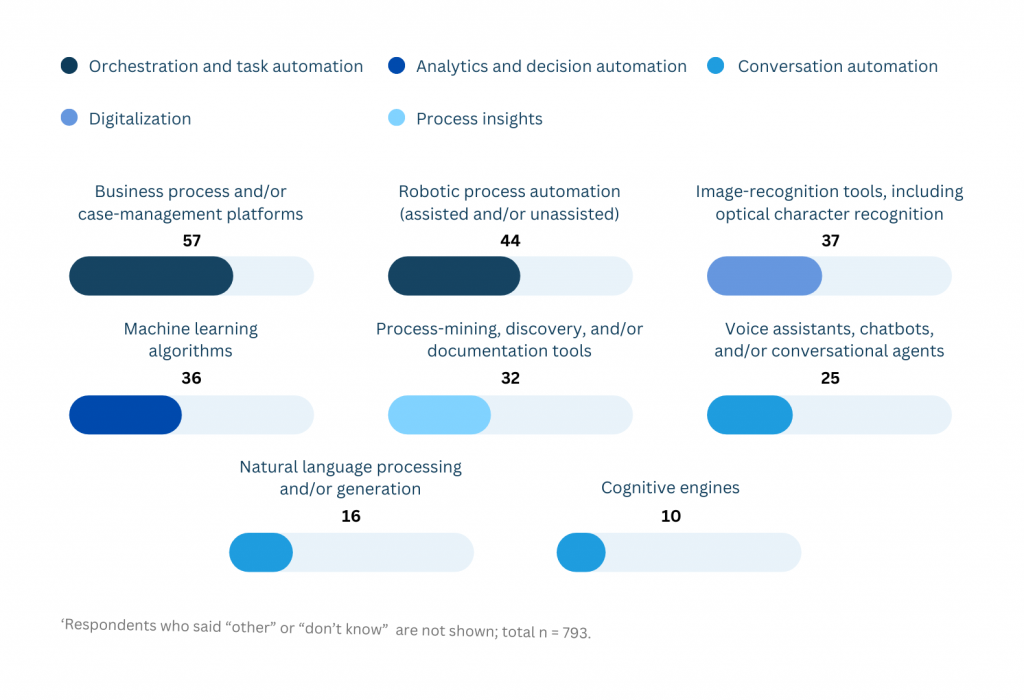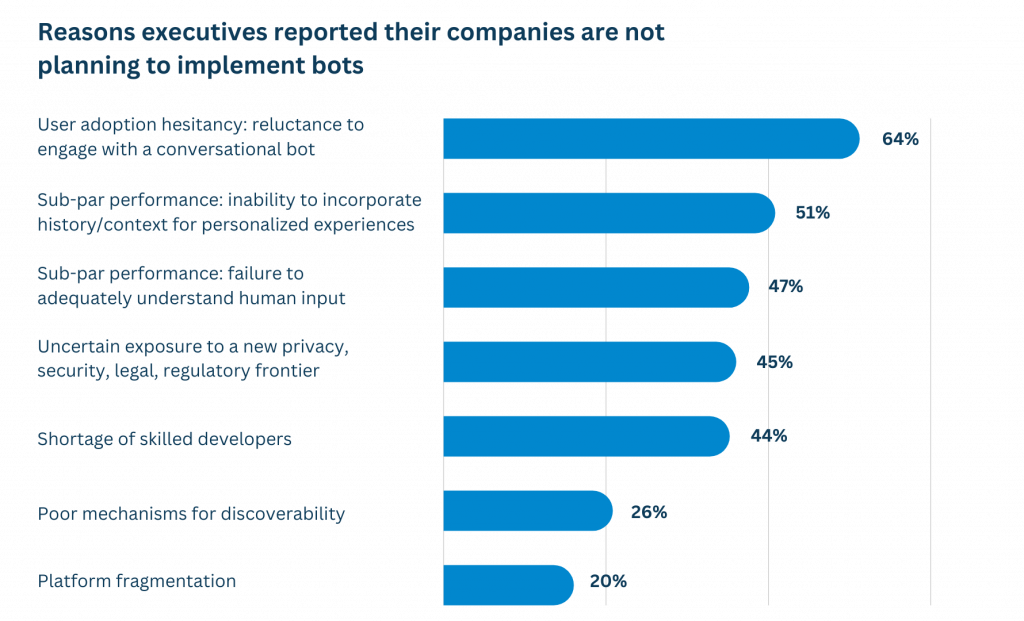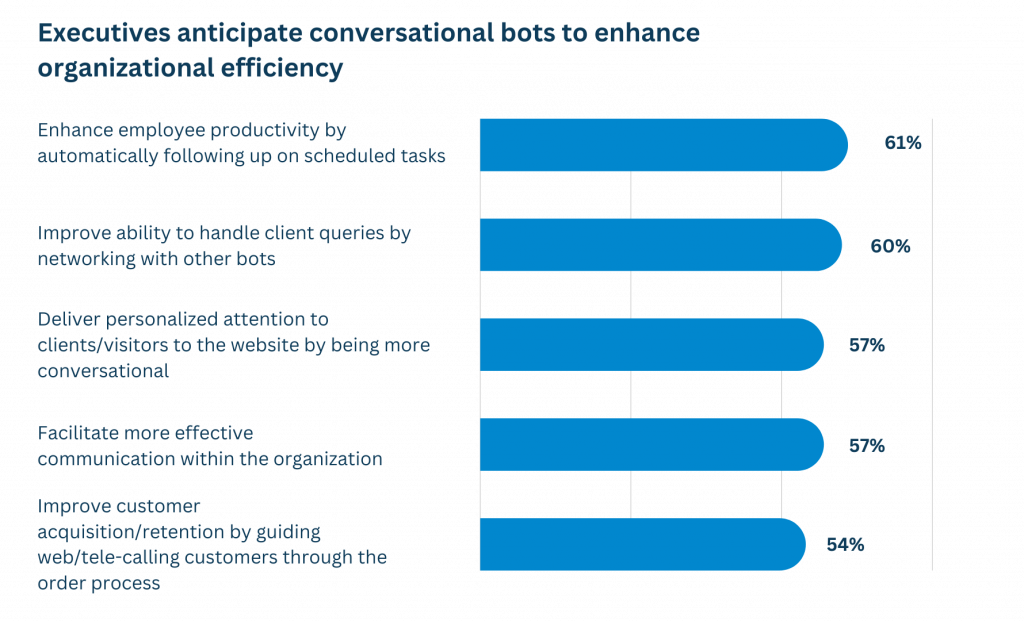Content
Conversational AI, a subfield of artificial intelligence, uses machine learning (ML), natural language processing (NLP), and speech recognition. This innovation not only understands our language but responds in a contextually genuine manner. Think of it as a tech you’d have a talk with, as IBM illustrates.
You’ve likely encountered conversational AI in the business realm. Perhaps it’s a chatbot on a rival’s website handling client inquiries, or a voice assistant streamlining a colleague’s company operations. Yet, we’re at the threshold of the AI revolution. Gartner believes that we’re bound to see more conversational AI in software from 2023. For example, they envision 70% of digital communications powered by AI-driven video avatars, a dramatic rise from 2% in 2022.
As this industry matures, you must understand the impact of various AI technologies on your business flows. Delve into this article to discover how conversational AI can refine your company’s performance.
What are the key factors that ensure smooth conversational AI integration into software? Check out this article.
Types of Business Process Automation by Conversational AI
McKinsey points out that 66% of businesses have already set up or piloted automation. The most trending technologies are voice-activated assistants and chatbots. Companies are turning to conversational AI as they help automate various types of business processes.

Basic automation
This is the simplest form where you automate routine, mundane tasks. Basic automation eliminates the need for human intervention. Thus, minimizes human errors and increases overall productivity.
AI chatbots or virtual assistants handle a myriad of routine tasks. For instance, they can answer frequently asked questions, send appointment reminders, or even fetch and display specific data upon request.
Workflow automation
This type of automation finds its utility in processes with multiple steps and different individuals or departments involved.
Once you incorporate chatbots or virtual assistants into workflows, you’ll automate various tasks like triggering an approval process, assigning tasks based on inputs, or sending notifications to stakeholders. Moreover, you’ll be able to set up conversational AI to engage with users, provide updates on task status, and even receive and interpret responses.
RPA (robotic process automation)
Robotic process automation, commonly referred to as RPA, deploys software bots to handle repetitive tasks. These might include transaction processing, shuffling data, or responding based on specific triggers.
While RPA excels at mirroring human-like operations across diverse applications, its direct engagement with users can feel somewhat mechanical. With conversational AI and RPA integration, the experience becomes considerably more intuitive. Through AI, systems can engage with users, decode their intentions expressed in natural language, and then format these into structured commands for RPA bots to act upon.
For instance, you add a chatbot to your eCommerce platform. When a customer asks about their order status, the bot comprehends the inquiry, interacts with the RPA system to pull the relevant data, and then communicates that information back in a conversational tone.
Business process management (BPM)
This is a holistic approach where you break down, design, roll out, and keep tabs on how you manage the flows within the company. Here, you aim to improve business performance. This involves streamlining what you do and ensuring it’s in sync with your big-picture company objectives.
As you use AI-powered chatbots, you can get a pulse on your business processes in real time. For example, you may ask the AI system about current process performance, potential bottlenecks, or other relevant queries. Not stopping there, you can even automate bits of the BPM. That is to say, a bot will automatically initiate a process, assign tasks based on predefined rules, or even escalate issues to the relevant authorities.
Hyperautomation
Being a relatively new concept, hyper-automation solutions refer to the use of advanced technologies, like AI, ML, and RPA. It goes beyond simply automating tasks. It aims at creating an ecosystem where decisions and processes are executed with minimal human intervention.
Conversational AI serves as a powerful interface that ties together various automation technologies within a single environment. It accepts instructions in natural language, interprets them, and then triggers the appropriate automation process, be it an RPA bot, a machine learning model, or another system.
For instance, you may want to ask for a summary of the week’s sales performance through a conversational interface. The chatbot triggers the appropriate analysis models, receives the outputs, and then presents the results in a concise summary.
Automation by Conversational AI vs. Human-led Processes
Even as business automation has surged, Zapier reports that 94% of employees still perform repetitive tasks. With manual workflows holding strong, businesses should see how AI-driven automation measures up against traditional methods. To clarify, we’ve put together a comparison chart below.

Human-led processes for business
Why do so many organizations favor manual task implementation despite the potential benefits of conversational AI tools? Accenture suggests that the respondents of their survey name the following reasons for the lack of plans to invest in AI chatbots, which explains why they choose to run business processes manually:

These objectives turn businesses to stick with human-powered workflows, which have their distinctive advantages:
- Emotional intelligence. It’s natural for humans to understand and express emotions. These traits help build deeper customer relationships and foster empathy and trust. That’s why 70% of customers trust sellers more than AI-driven technology.
- Complex decision-making. People excel in making complex decisions, especially when these decisions involve ambiguity, nuances, or require a deep understanding of context.
- Innovation & creativity. Thinking out of the box — that’s what we humans do best. As McKinsey points out, this is a key element for business growth.
However, there’s a flip side. A third of businesses still spend two to three hours of their day grappling with unautomated tasks. This not only saps time, but also strains resources. Also, 62% of business owners acknowledge at least three significant hiccups stemming from manual processes. 54% report poor communication to be the most pressing challenge, while 44% of respondents are not satisfied with repetitive errors and delays in project deployment. It’s food for thought.
Moreover, Unlike AI, humans can’t be available around the clock. They need breaks, vacations, and specific working hours. This limitation can affect customer service availability and the speed of internal processes.
Why businesses broadly use conversational AI capabilities
56% of companies admit that conversational AI is disrupting their industries, and 43% report their competitors already use natural language processing (NLP), machine learning, and other technology. No wonder the conversational AI market is predicted to reach $30 billion by 2028, with a forecasted CAGR of 22.6% within 5 years. Here’s why businesses are extensively utilizing its capabilities according to Accenture:

Executives expect conversational AI to have a positive impact on their organizations in a variety of ways, particularly:
- Improve IT support & customer experience. 71% of customers expect companies to communicate with them in real time. Conversational AI provides an immediate response to customer queries, leading to faster resolution and enhanced customer satisfaction.
- Increase efficiency. 9 out of 10 workers admitted that automation has improved their work life. Also, 2 out of 3 employees say that AI has helped them be more productive at work.
- Provide a competitive edge. 88% of small and medium businesses say that automation enables them to compete with larger organizations.
- Bring cost savings. The adoption of chatbots will lead to business cost savings of $11 billion annually. Gartner predicts that the adoption of AI within contact centers will reduce agent labor costs by $80 billion by 2026.
? Despite the numerous advantages of conversational AI, it doesn’t aim to replace humans. Instead, it’s designed to augment our capabilities, automate routine tasks, and free up humans to focus on more complex and strategic tasks.
Is there anything else that needs attention?
Conversational AI has been around for a while, but it’s certainly not done evolving. As we look to the future, we see it refining the experiences for customers and staff alike, carving out new opportunities for businesses.
Interested in a professional take on how conversational AI can revamp your business? We’re here for you. At Advantiss, we have a solid track record of empowering software with this technology and enabling innovation within organizations. Get in touch with us to explore how our partnership will help you meet your business objectives with AI-powered digital products.




